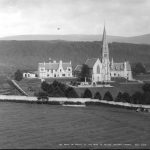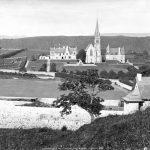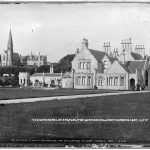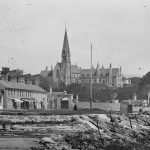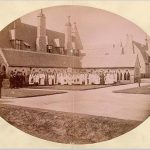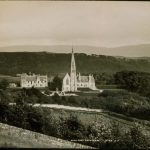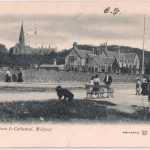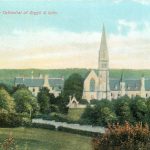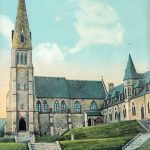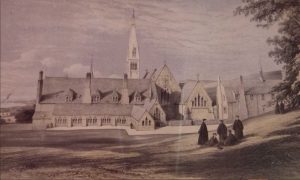Extracts from the “1868 – Imperial gazeteer of Scotland, or, Dictionary of Scottish topography” from the National Library of Scotland.
“Compiled from the most recent authorities, and forming a complete body of Scottish geography, physical, statistical, and historical. Edited by the Rev. John Marius Wilson. Illustrated with a complete county atlas, various chorographical maps, plans of ports, harbours, and interesting views. London: A. Fullarton & Co., [n.d.]. 2 volumes. Title page verso in Volume 1: Edinburgh: Fullarton and MacNab, Printers, Leith Walk.”
The entries for Cumbrae and Millport have been extracted from the above archive which is held in image form and run through a conversion program to convert them into text, therefore there may be odd little errors within the text due to the conversion process.
Entry for Cumbray (Cumbrae) – click here.
Entry for Millport – Click here.
Excerpt from 1868 gazetteer “There is an Episcopalian church, called St. Andrew’s chapel. There is likewise an Episcopalian Collegiate church, built in 1851, situated near the Priory, a seat of the Earl of Glasgow, and founded for a provost, a canon, and five honorary canons.”
Link to 1868 Gazetteer https://digital.nls.uk/gazetteers-of-scotland-1803-1901/archive/97491773
Millport and Cumbrae (Cumbray) are also have entries in the 1842 Gazetteer https://digital.nls.uk/gazetteers-of-scotland-1803-1901/archive/97491772
Link to list of gazetteers https://digital.nls.uk/gazetteers-of-scotland-1803-1901/archive/97491608
1825 Entry “MILNPORT , a small village on the W. side of the isle of the greater Cambray, with a good harbour.” Note the spellings of Millport and Cumbrae ! In the Cambray entry is is also referred to as Cimbraes and “Population 505“.
1806 Cambray, Cumbray, Cimbraes “There is plenty of limestone, and an inexhaustible fund of excellent freestone, of which last there is exported to theh value of 200l. per annum.” “Population in 1794 509” “Milnport; a small village on the S.W. side of the isle of the Greater Cambray. It is pleasantly situated andn has a commodious dry harbour, where vessels of conisderable burden can unload, or take in cargoes. There is also safe anchoring ground, sheltered by a rocky island. The village contains about 250 inhabitants.”
